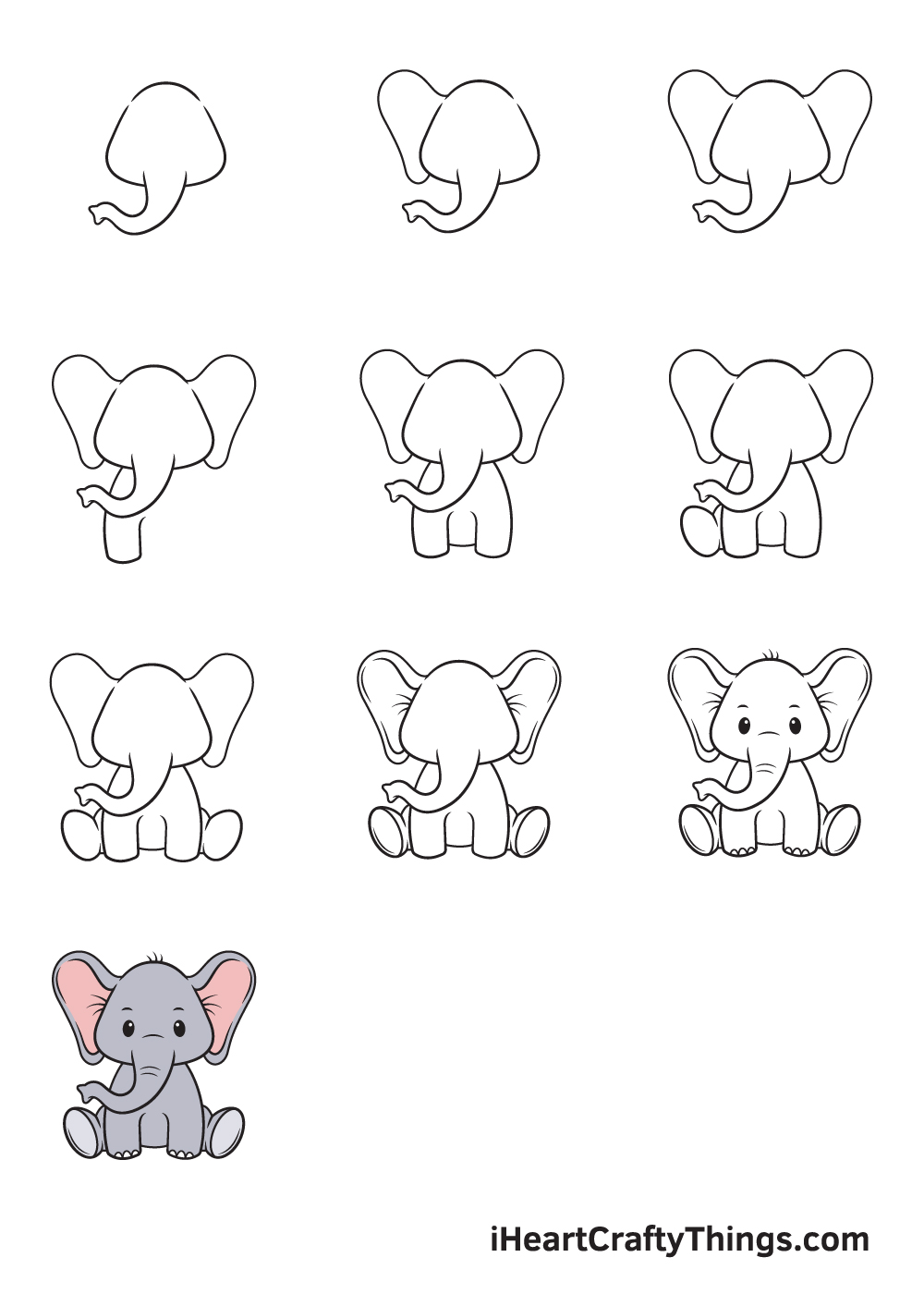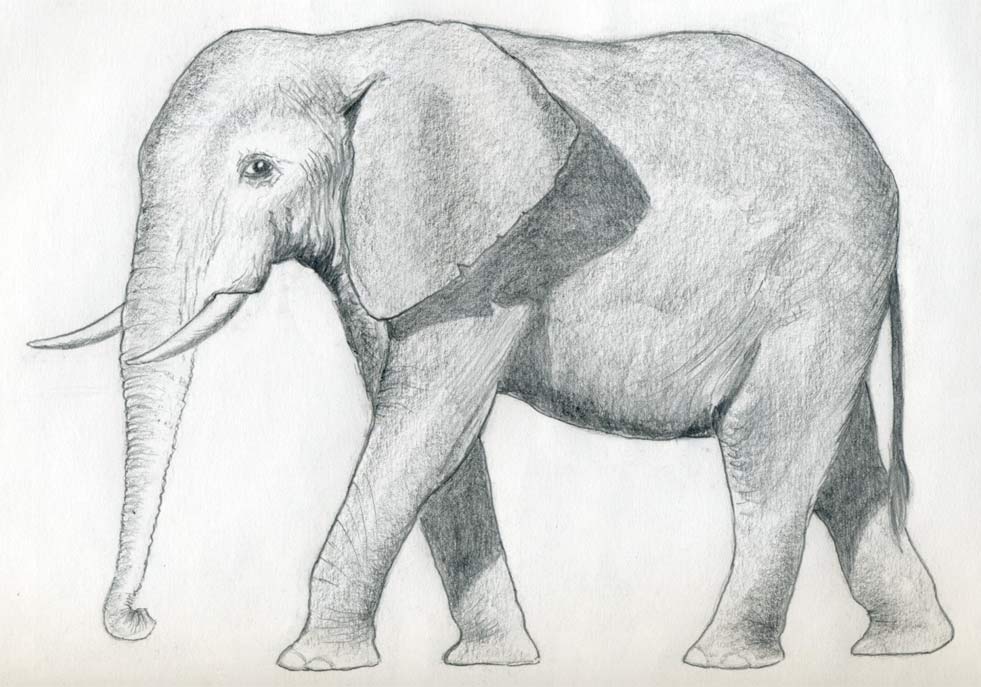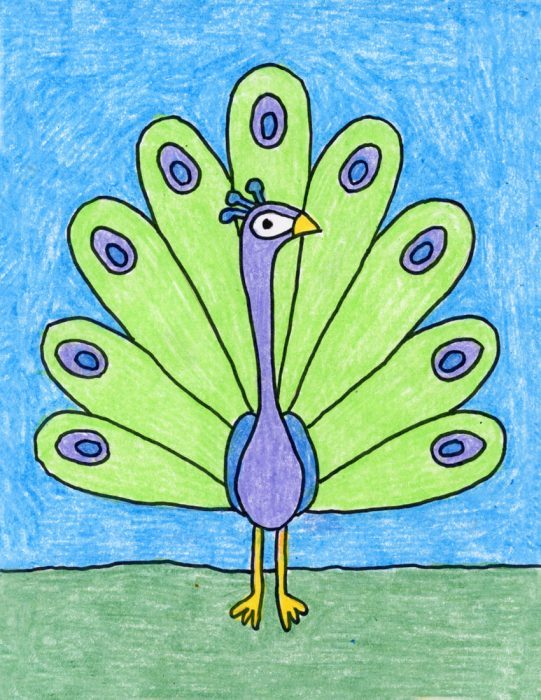Elephant drawing how to draw an elephant step by step
Table of Contents
Table of Contents
Do you struggle with creating dynamic drawings of elephants? Are you looking for tips on how to make your elephants come to life on paper? Look no further! In this article, we will provide helpful tips and tricks for how to draw elephants that will take your artwork to the next level.
Many artists struggle with drawing elephants because of their massive size and intricate features. It can be difficult to capture their unique shape and textures without proper guidance. However, with a little practice and patience, anyone can learn how to create stunning elephant art.
The key to drawing elephants is to start with the basic shapes and build upon them. Begin by sketching out the elephant’s body using basic circles and ovals for the head, body, and legs. From there, add details such as wrinkles, tusks, and the trunk to give the elephant character and dimension. Don’t be afraid to experiment with different shading techniques to create a more realistic look.
In summary, the best way to draw elephants is to break down the complex structure of their bodies into simpler shapes and gradually add details. With practice and patience, anyone can make their elephant drawings come to life on paper.
How to Draw Elephants Step by Step
When I first started drawing elephants, I struggled to make them look realistic. But with practice and the following steps, I have improved my elephant drawing skills and can create stunning artwork. First, start by sketching out the basic shapes of the elephant using circles, ovals, and lines. Next, add details such as the wrinkles, tusks, and the trunk. Finally, use shading techniques to make the elephant look more lifelike.
 Personal Experience with Drawing Elephants
Personal Experience with Drawing Elephants
As an artist, I find elephants to be one of the most fascinating animals to draw. I was inspired by the texture of their skin and the details in their faces, but struggled with capturing their unique shape. With practice and patience, I was able to improve my elephant art and even created a series of drawings featuring elephants in different environments, such as the jungle and the savanna.
 Tips for Drawing Elephants on Different Surfaces
Tips for Drawing Elephants on Different Surfaces
While drawing elephants on paper can be challenging, trying to do so on different surfaces such as wood or canvas can be even more so. The key is to use materials that are appropriate for the surface you are working on, such as oil paints for canvas or wood pencils for wood panels. Always do some research beforehand to determine what materials work best on the surface you plan to draw on.
Different Types of Elephants to Draw
There are three main types of elephants: African elephants, Asian elephants, and forest elephants. African elephants are the largest of the three, with distinctively large ears and tusks. Asian elephants are smaller, with rounder ears and smaller tusks. Forest elephants are the smallest of the three, with straighter tusks and downward-facing tusks. Depending on the type of elephant you want to draw, it’s important to research their unique features and characteristics.
How to Draw Elephants - Frequently Asked Questions
Q: What is the best way to capture the texture of an elephant’s skin?
A: To capture the texture of an elephant’s skin, try using crosshatching techniques with your pencils or paintbrushes. This technique creates small criss-cross lines that mimic the wrinkles on the elephant’s skin.
Q: How do I create depth in my elephant drawings?
A: To create depth in your elephant drawings, try using shading techniques to add contrast to the image. Use darker shades around the edges of the elephant’s body to create a sense of depth and shadow.
Q: What is the best way to approach drawing an elephant’s tusks?
A: When drawing an elephant’s tusks, it’s important to pay attention to the direction and shape of the tusk. Use shading techniques to mimic the way light reflects off the tusk’s surface, and add subtle details such as cracks or imperfections to make the tusk look more realistic.
Q: How can I make my elephant drawing more dynamic and interesting?
A: To make your elephant drawing more dynamic, try experimenting with unique poses, such as the elephant with its trunk reaching upward or a running elephant. Additionally, adding a background or additional elements to the drawing can make it more visually interesting.
Conclusion of How to Draw Elephants
Drawing elephants may be tricky, but by following these tips and gaining experience, anyone can improve their elephant drawing skills. Remember to start with basic shapes, gradually add details, use shading techniques, and research unique features of different types of elephants. With patience and practice, your elephant artwork will be nothing short of stunning.
Gallery
Elephant Drawing — How To Draw An Elephant Step By Step

Photo Credit by: bing.com / elephant iheartcraftythings
Elephant Drawing Packet - The Art Of Aaron Blaise

Photo Credit by: bing.com / elephants drawing draw blaise aaron elephant packet creatureartteacher animation digital tutorials painting drawings lessons pdf website please baby so google
Abderrahman Zahid Arts: Elephant Drawing

Photo Credit by: bing.com / elephant drawing drawings front elephants africa easy head who library clipart
How To Draw An Elephant

Photo Credit by: bing.com / draw elephant drawing drawings easy sketches refer enlargement while print after
How To Draw An Elephant - Draw Central

Photo Credit by: bing.com / elephant drawing draw line drawings trunk elephants easy clipart face paper sketch right arts coloring clip left two tusks pages





